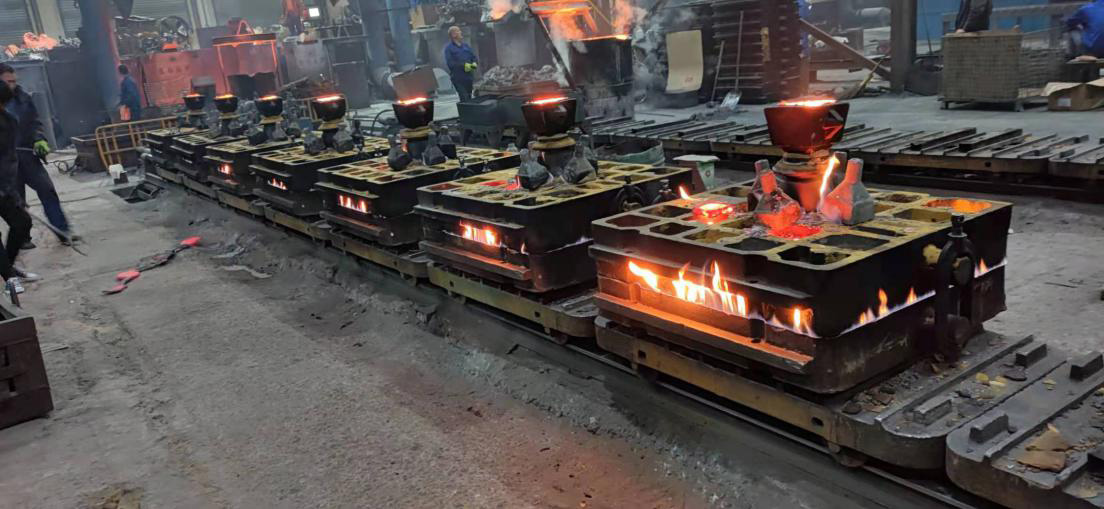The Importance of Sanding in 3D Printing
3D printing has revolutionized the way we create objects, allowing for unprecedented customization and rapid prototyping. However, the process doesn't always end with the printed object coming off the printer. Post-processing, particularly sanding, plays a critical role in achieving the desired finish and functionality of 3D printed items.
The Importance of Sanding in 3D Printing
One of the first steps in the sanding process is selecting the appropriate sandpaper. Start with a coarser grit, such as 60 to 120, to tackle more significant imperfections and layer lines. As the surface begins to smooth out, gradually move to finer grits, typically up to 400 or even 2000, depending on the level of smoothness desired. This gradual sanding process helps avoid excessive removal of material and ensures a consistent, even surface.
sanding for 3d printing

The technique of sanding also matters. It's essential to sand in a circular motion or follow the shape of the print to prevent creating visible scratches. For intricate models, using a sanding sponge or a small file can be beneficial to access hard-to-reach areas. Another helpful tip is to slightly wet the sandpaper, which can minimize dust and create a smoother finish.
While sanding can vastly improve the appearance of a print, it is not just about aesthetics. Smoother surfaces can enhance the functionality of certain parts, particularly those that will be painted or assembled with other components. A well-sanded surface allows for better paint adhesion and a more professional look.
Moreover, sanding can be combined with other post-processing techniques, such as priming or applying a filler, to achieve exceptional results. Each stage of post-processing contributes to the overall quality of the final product, ultimately determining the success of the 3D printing project.
In conclusion, while 3D printing offers incredible capabilities in design and production, the importance of sanding as a post-processing step cannot be overlooked. Not only does it enhance the aesthetic appeal of printed objects, but it also improves functionality and prepares items for further finishing processes. For anyone looking to elevate their 3D printing projects, mastering the art of sanding is essential.
Post time:Eyl . 19, 2024 14:22
Next:Historien om sandstøbningsmetoden
